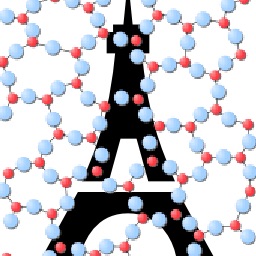Predicting the dissolution kinetics of silicate glasses using machine learning
Predicting the dissolution rates of silicate glasses in aqueous conditions is a complex task as the underlying mechanism(s) remain poorly understood and the dissolution kinetics can depend on a large number of intrinsic and extrinsic factors. Here, we assess the potential of data-driven models based on machine learning to predict the dissolution rates of various aluminosilicate glasses exposed to a wide range of solution pH values, from acidic to caustic conditions. Four classes of machine learning methods are investigated, namely, linear regression, support vector machine regression, random forest, and artificial neural network. We observe that, although linear methods all fail to describe the dissolution kinetics, the artificial neural network approach offers excellent predictions, even for untrained data, thanks to its inherent ability to handle non-linear data. We further note that the predictive ability of simpler methods, such as linear regression, could be improved using additional physics-based constraints. Such methods, called as physics-informed machine learning can be used to extrapolate the behavior of untrained compositions as well. Overall, we suggest that a more extensive use of machine learning approaches could significantly accelerate the design of novel glasses with tailored properties.
